This is a preprint.
A nitroalkene derivative of salicylate alleviates diet-induced obesity by activating creatine metabolism and non-shivering thermogenesis
- PMID: 37502859
- PMCID: PMC10371099
- DOI: 10.21203/rs.3.rs-3101395/v1
A nitroalkene derivative of salicylate alleviates diet-induced obesity by activating creatine metabolism and non-shivering thermogenesis
Update in
-
A nitroalkene derivative of salicylate, SANA, induces creatine-dependent thermogenesis and promotes weight loss.Nat Metab. 2025 Aug;7(8):1550-1569. doi: 10.1038/s42255-025-01311-z. Epub 2025 Jun 17. Nat Metab. 2025. PMID: 40527924 Free PMC article. Clinical Trial.
Abstract
Obesity-related type II diabetes (diabesity) has increased global morbidity and mortality dramatically. Previously, the ancient drug salicylate demonstrated promise for the treatment of type II diabetes, but its clinical use was precluded due to high dose requirements. In this study, we present a nitroalkene derivative of salicylate, 5-(2-nitroethenyl)salicylic acid (SANA), a molecule with unprecedented beneficial effects in diet-induced obesity (DIO). SANA reduces DIO, liver steatosis and insulin resistance at doses up to 40 times lower than salicylate. Mechanistically, SANA stimulated mitochondrial respiration and increased creatine-dependent energy expenditure in adipose tissue. Indeed, depletion of creatine resulted in the loss of SANA action. Moreover, we found that SANA binds to creatine kinases CKMT1/2, and downregulation CKMT1 interferes with the effect of SANA in vivo. Together, these data demonstrate that SANA is a first-in-class activator of creatine-dependent energy expenditure and thermogenesis in adipose tissue and emerges as a candidate for the treatment of diabesity.
Keywords: Adipose tissue; creatine; energy expenditure; obesity; salicylate derivative; thermogenesis.
Conflict of interest statement
Conflict of interest GVL, CB, and CE hold shares in EOLO USA Inc. ENC acts as a scientific advisor for EOLO USA Inc. KC, MB, LS and MI are employed by EOLO USA Inc. SANA is currently under Phase I clinical trial under the name of MVD1, sponsored by EOLO USA Inc. (ACTRN12622001519741) Additional Declarations: Yes there is potential Competing Interest. GVL, CB, and CE hold shares in EOLO USA Inc. ENC acts as a scienti_c advisor for EOLO USA Inc. KC, MB, LS and MI are employed by EOLO USA Inc. SANA is currently under Phase I clinical trial under the name of MVD1, sponsored by EOLO USA Inc.
Figures
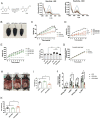
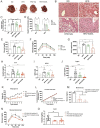
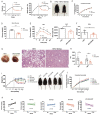
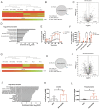
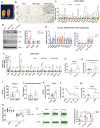
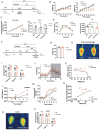

References
-
- Flegal K.M., Graubard B.I., Williamson D.F. & Gail M.H. Cause-specific excess deaths associated with underweight, overweight, and obesity. JAMA 298, 2028–2037 (2007). - PubMed
-
- Jack D.B. One hundred years of aspirin. Lancet 350, 437–439 (1997). - PubMed
-
- van Dam A.D., et al. Salsalate activates brown adipose tissue in mice. Diabetes 64, 1544–1554 (2015). - PubMed
Publication types
Grants and funding
LinkOut - more resources
Full Text Sources

